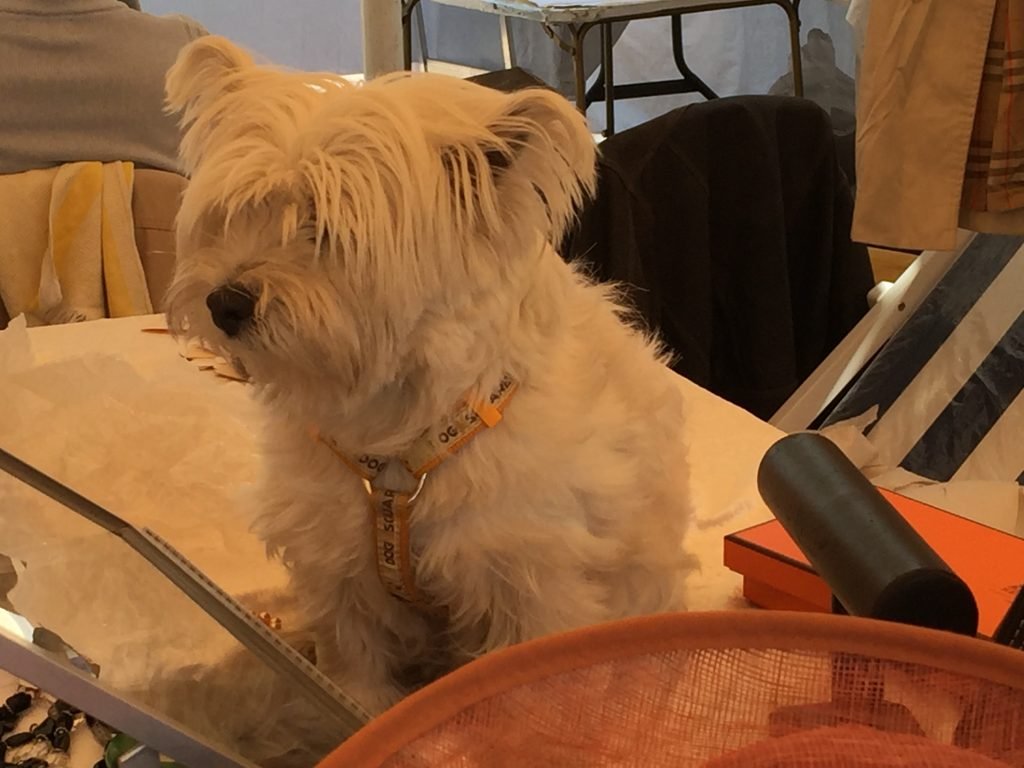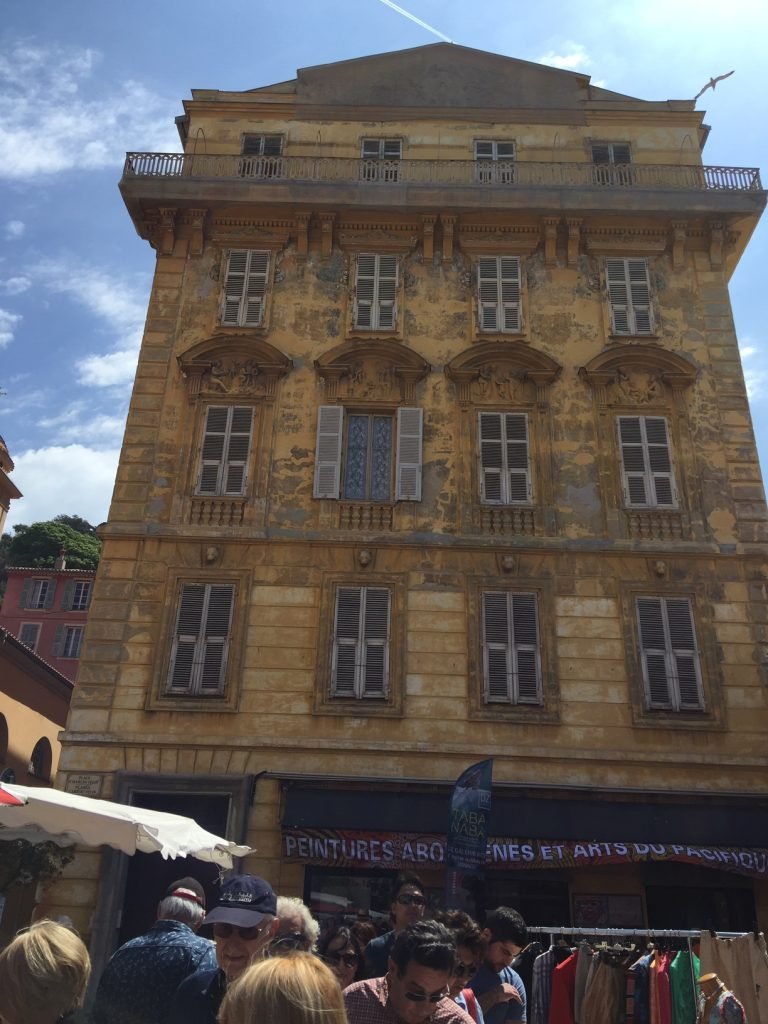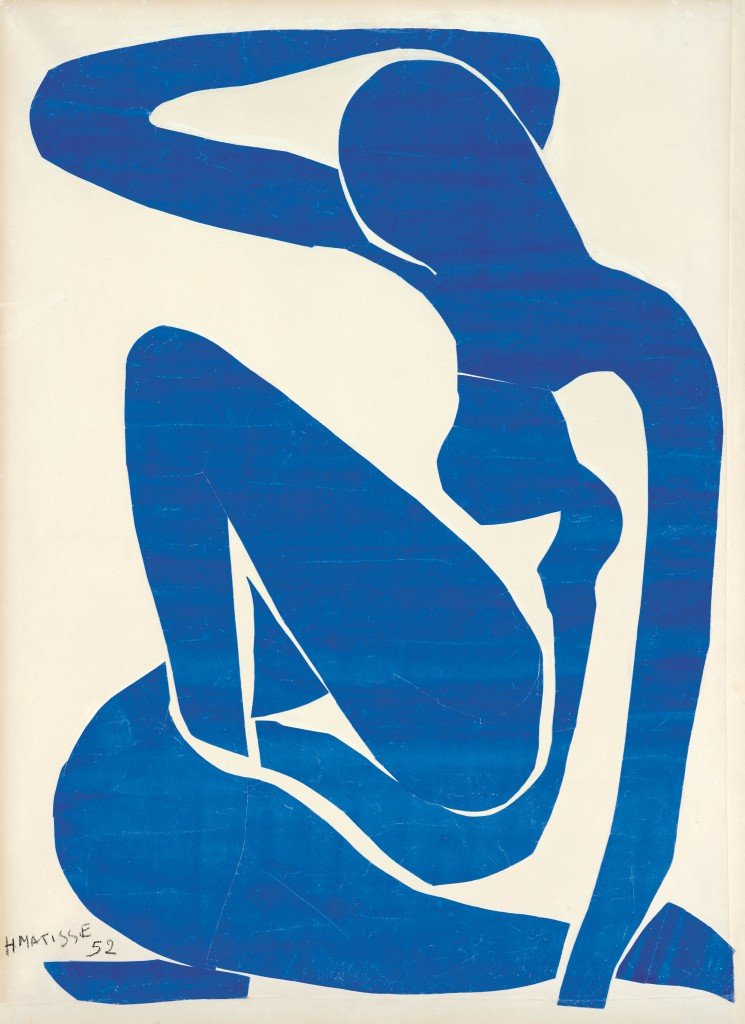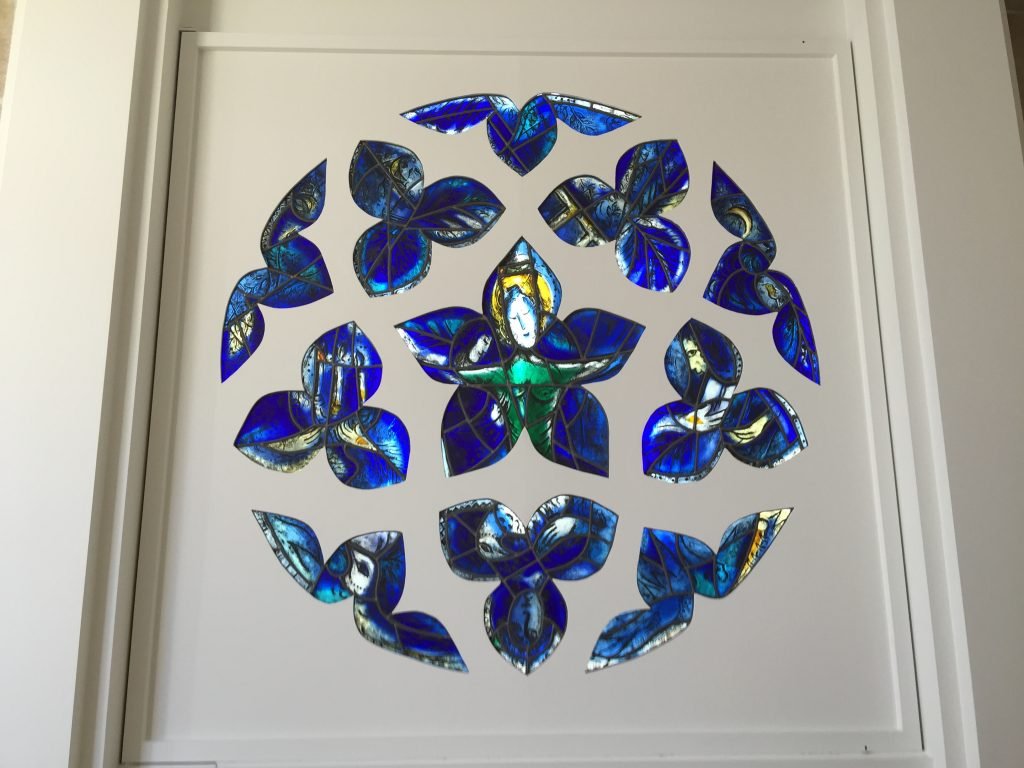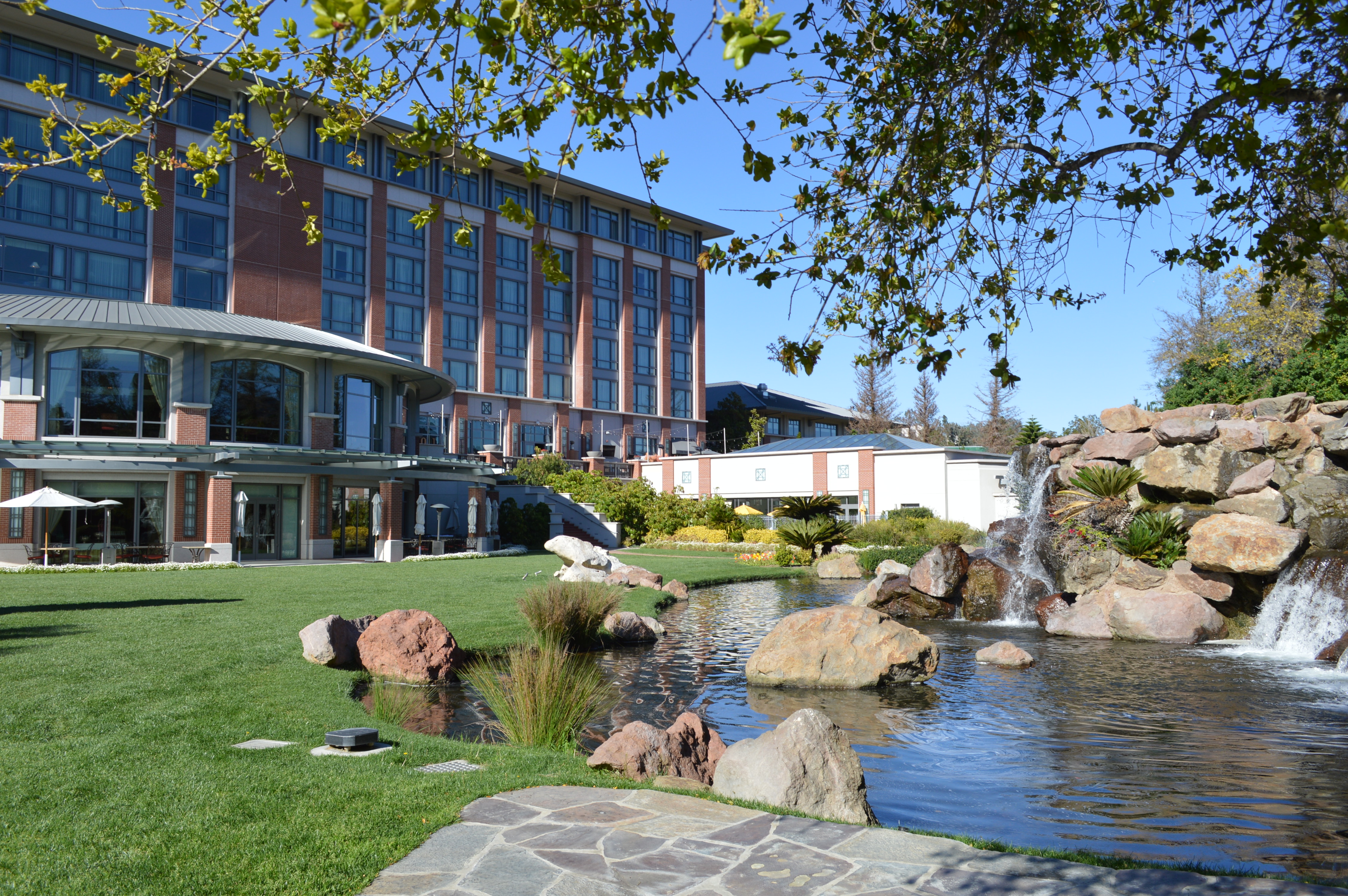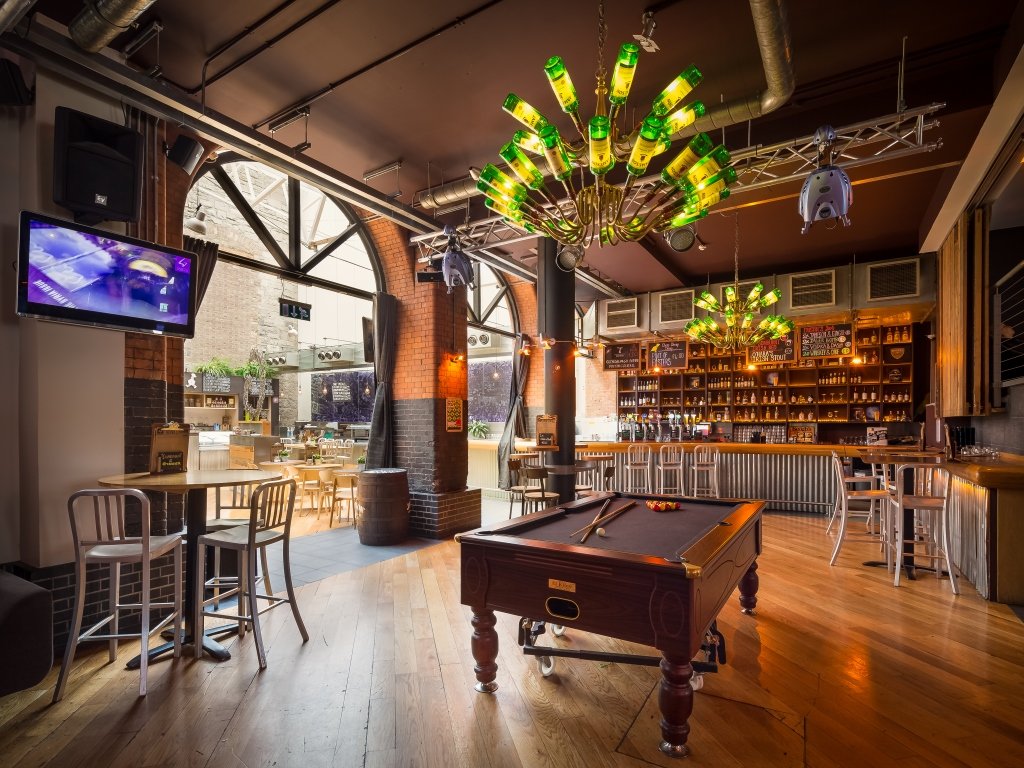
Nice: A Walker’s Delight
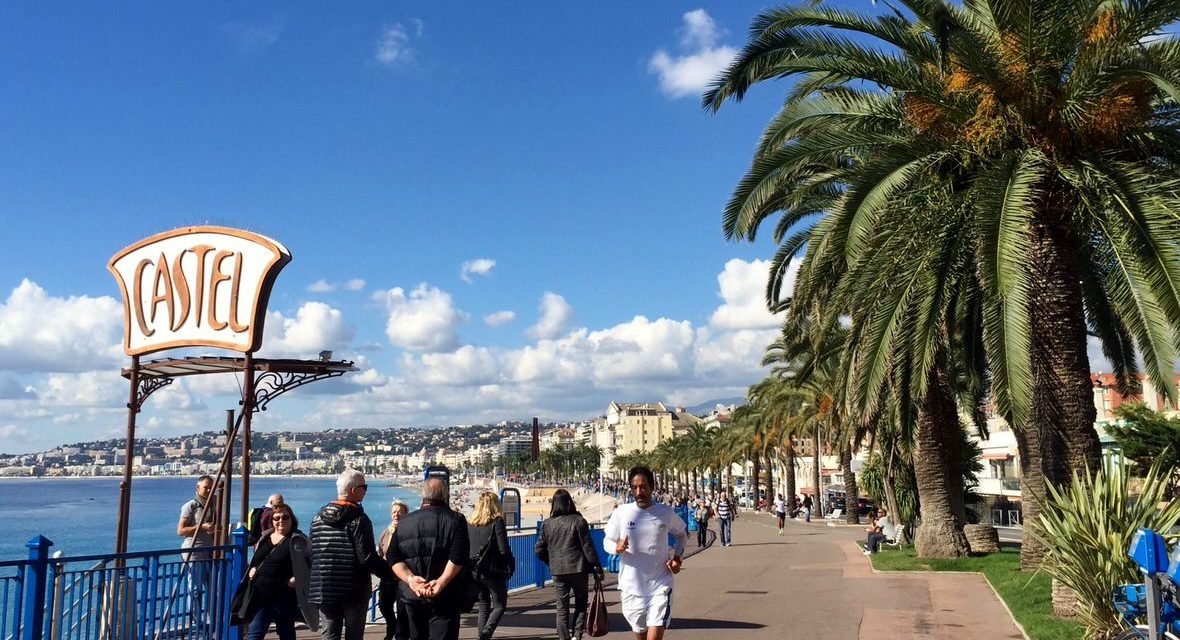
A century ago, Russian princes rubbed shoulder with English lords in the luxury hotels and Baroque villas on Nice’s Promenade des Anglais.
Ladies of fashion showed off their jewels at masked balls and notorious courtesans dissipated their lover’s fortunes at the gaming tables.
Today this capital of the French Riviera is less rarefied, more affordable and, thanks to some 300 days of sunshine, an inviting place to visit any time of the year.
With its rich and ancient history–Nice was founded by the Greeks—the city is a walker’s delight, a treasure trove of picturesque streets, striking monuments and souvenirs of the celebrated artists and writers who spent time here.
One good itinerary starts at Nice’s port, where the Notre-Dame du Port church watches over seafarers as they leave the city. Near the church is Le Monument aux Morts, a towering war memorial dedicated to the 4,000 Niçois who died in World War I. A short distance to the west is Nice’s Naval Museum, located in the Bellanda Tower, which was built in 1830. The museum houses an extensive collection of weapons, ship models, engravings and paintings with nautical themes.
Further west on the Quai des Etats-Unis is Le Jardin Albert I, Nice’s oldest public garden. On its central lawn is L’Arc, a massive sculpture by Gernar Venet. Slightly inland, in the heart of Nice, is La Place Massena, a square of pink facades, graceful arcades and flower-strewn lawns. At this point, dedicated shoppers can take a break to wander through the Galleries Lafayette—and then continue along the Rue Massena, Rue Jean Médecin and adjoining streets to explore such upscale shops as Hermès, Armani and Yves St. Laurent.
A stroll through the old town, the Vieille Ville, is a treat for all the senses. Begin at the Opera House, a grand Second Empire extravagance located on Rue Sant-François de Paule. A few doors away is Alziari, the city’s renowned vendor of olive products—everything from oil to tapenade to body lotion.
To the west is the Cours Saleya, one of my favorite places—and home of Nice’s famous markets: antiques on Monday morning, fruits and vegetables on other mornings and flowers throughout the day. Seduced by the fragrance of olives and bread and spices, foodies will want to sample such local specialties as socca (a thin savory pancake made of chick-pea flour and olive oil), pissaladiere (a “pizza” made with onions, slivers of anchovy and black olives), farcis (stuffed vegetables) and courgettes (deep-fried squash blossoms).
Surrounded by food vendors and flower stalls is La Chapelle de la Miséricorde, a striking example of the Baroque style.
A short distance from the chapel is the yellow house where Henri Matisse once lived.
On the Rue de la Poissonnerie is another splendid example of Baroque architecture, the 17ith century cathedral of St. Reparate, named for the 15-year-old girl who became the patron saint of Nice after she was martyred in Palestine for her Christian faith.
For a scenic stroll with a panoramic view of the Old Town and the sparkling Baie des Anges, proceed to the flowering garden of La Colline du Château just east of the Place Rosetti. Below and to the north is the Place Saint François, where fishermen sell their catch to local restaurants every morning.
From La Colline du Château, descend a set of steps and walk to the Quai des États-Unis, which becomes the Promenade des Anglais. This seafront boulevard came into being because Nice’s orange crop failed in 1822, leaving the local peasants in dire straits. A group of affluent British residents, led by the Reverend Lewis Way, paid them to build this fine four-mile promenade decorated with islands and flowers and palms. Here, locals and tourists alike stroll, bike, skate—or relax, watching bathers frolic in the Mediterranean.
To the west is the wildly extravagant Hotel Negresco, a Belle Époque confection that boasts a museum-quality art collection of art and antiques—and a celebrity-rich guest list that includes film stars and royals.
Further west is the Villa Collin-Huovila, a lovely Art Nouveau building with a curved façade, ornate roof, ceramic decorations and a graceful caryatid supporting the right wing. A short distance inland is the Jules Cheret Fine Arts Museum, formerly a palatial home built for the Ukrainian Princess Kotschoubey in 1878. In this Hollywood-esque setting are works by such artists as Fragonard, Delacroix, Monet, Sisley and Rodin.
For a ramble in Cimiez, the hilltop district favored in the 19th century by aristocrats and wealthy burgers, take the No. 15 bus from Pace Massena to L’Église Notre-Dame du Monastere de Cimiez. Built by Benedictine monks, this richly decorated 17th century church later became the chapel of a Franciscan convent. Noteworthy are three panel paintings by Louis Brea, an important local artist of Nice in the late 15th and early 1i6th centuries. Within the convent is the Franciscan Museum, which retraces the story of Francis and his friars from the 18th century to the present. The convents lush gardens offer a sweeping view of the city and the Baie des Anges. In the adjoining cemetery are the graves of artists Raoul Dufy and Henri Matisse.
Nearby is the Matisse Museum, located in an elegant mansion with a red exterior wall festooned with trompe-l’oeil paintings and surrounded by a lush tree-filled park. Dedicated to the artist who spent his later years in Nice, the museum has many works that were painted in the city, as well as many that were donated by Matisse and his heirs.
Steps from the museum are the ruins of the Roman city of Cemenelum, founded in the 1st century B.C. The site includes a series of baths, an amphitheater (site of the annual Jazz Festival of Cimiez) and the Archaeology Museum, which depicts the history of the ancient city.
Walking down the hill, you’ll see magnificent buildings that recall Nice’s gilded past: Hotel Alhambra, Le Grand Palais, the Majestic, Villa de Surany, Villa Paradiso, Manoir Belgrano and the monument Excelsior Regina, where Queen Victoria and her entire court stayed from 1897 till 1899. Matisse lived and worked at the Regina from 1938 to 1943.
End this walk at the Musée National Message Biblique Marc-Chagall, on the corner of Avenue Docteur Menard and Boulevard de Cimiez. Located in the heart of a Mediterranean garden, this museum houses the largest collection of Chagall works on biblical themes.
After you’ve become acquainted with Nice, you can let its streets lead you in any direction that pleases you, whether it’s a Baroque architecture walk, a Russian history walk, a shopping walk and so on. All you need is a city map and your own imagination.
To learn more visit nicetourisme.com.










